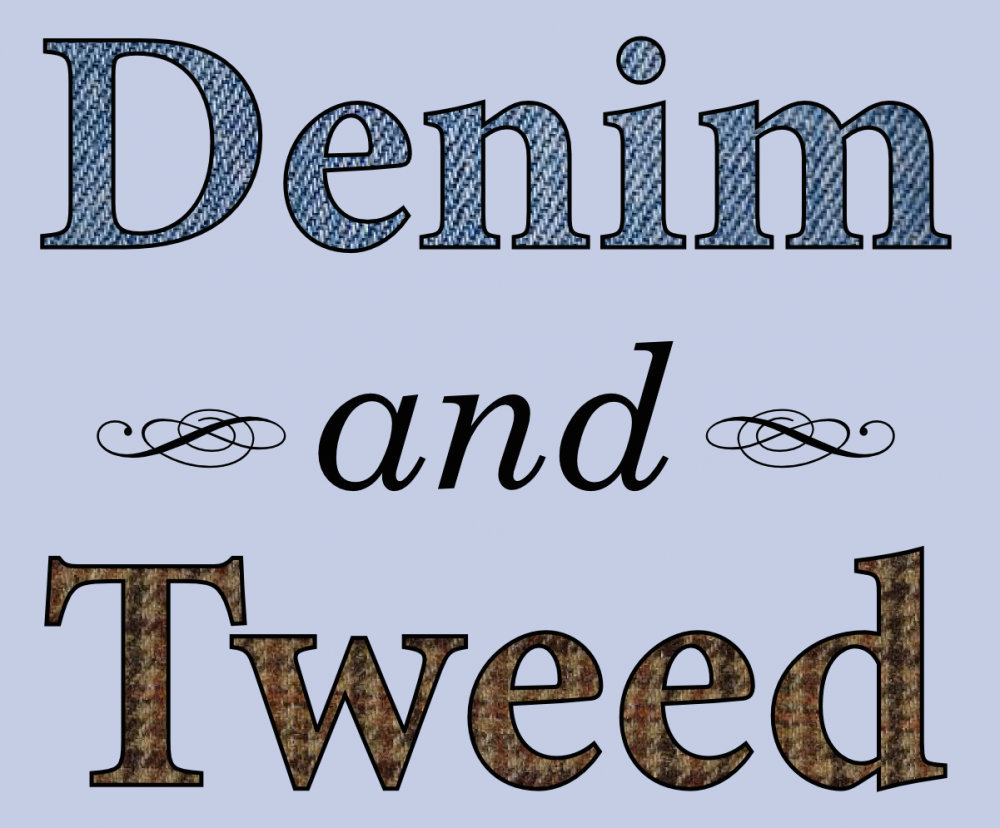 It’s a truism that biologists have cataloged only a fraction of the living things on Earth. This is a major problem for conservationists, ecologists, and evolutionary biologists, because many of the questions we want to answer (“Which parcel of rain forest should we preserve?” or “How do species interactions play out over millions of years?”) hinge how we count species.
It’s a truism that biologists have cataloged only a fraction of the living things on Earth. This is a major problem for conservationists, ecologists, and evolutionary biologists, because many of the questions we want to answer (“Which parcel of rain forest should we preserve?” or “How do species interactions play out over millions of years?”) hinge how we count species.
One solution is DNA barcoding, which uses the evolutionary divergence encoded in DNA sequences to tell species apart [$-a]. Barcoding is supposed to help researchers identify species without being experts in the fiddly business of taxonomy based on physical traits. It can also differentiate species that might never be recognized as separate without a DNA analysis.
An open-access article in last week’s PNAS does exactly that for a group of wasps in the family Braconidae. Braconid wasps are parasitoids, laying their eggs in live hosts. Eventually the eggs hatch and the larvae eat their host alive, then emerge to form pupae like those on the Hog Sphinx Moth caterpillar in the photo. (Insert obligatory reference to Alien here.)
Parasitoid wasps are thought to be hugely diverse, in part because coevolutionary interactions between larvae and their hosts’ immune systems might force each wasp species to specialize on one or a few hosts. Smith and coauthors use barcoding based on nuclear and mitochondrial DNA to determine the diversity of braconid wasps within a Costa Rican conservation area, comparing the results to those produced from a traditional taxonomic survey. Traditional methods found 171 potential species – and barcoding turned up another 142! These additional species were basically identical to the eye, but in many cases they’re actually collections of similar species using different hosts.
So not only are there more wasp species than traditional methods would detect – they’re more specialized than we’d know without barcoding. DNA Barcoding can make some biologists (including me) a little squeamish; it’s worrying to picture a world where no one really knows the organisms they study except through DNA sequence data. But Smith et al. are applying the method to find diversity that would probably not be detected in any other way, with results that bear directly on how we think about the interactions between parasitoids and their hosts. That’s unquestionably a good thing.
References
P.D.N. Hebert, A. Cywinska, S.L. Ball, J.R. deWaard (2003). Biological identifications through DNA barcodes Proc. Royal Soc. B., 270 (1512), 313-21 DOI: 10.1098/rspb.2002.2218
M.A. Smith, J.J. Rodriguez, J.B. Whitfield, A.R. Deans, D.H. Janzen, W. Hallwachs, P.D.N. Hebert (2008). Extreme diversity of tropical parasitoid wasps exposed by iterative integration of natural history, DNA barcoding, morphology, and collections PNAS, 105 (34), 12359-64 DOI: 10.1073/pnas.0805319105

